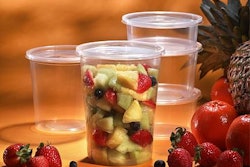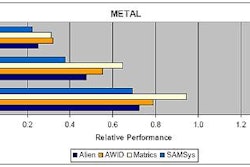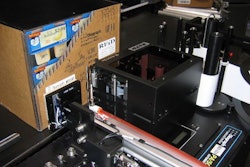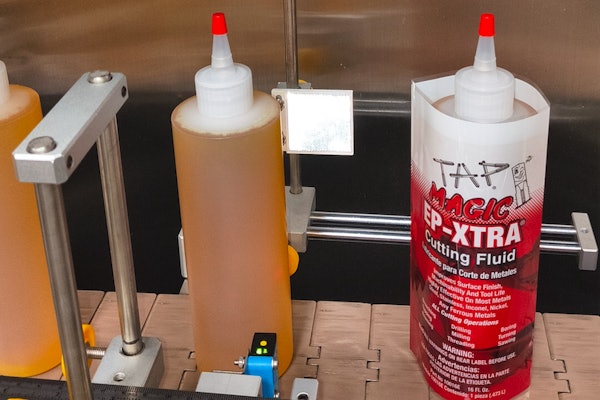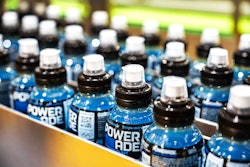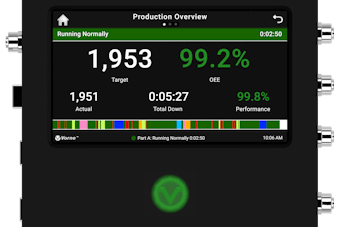Automation World’s Wes Iversen, managing editor, filed this report on the Frontline Solutions Conference and Expo, held September 13-15 in Chicago.
Whether a glass is half full or half empty depends on whether you’re pouring or drinking, points out Kevin Ashton, vice president of marketing for ThingMagic, Cambridge, MA, a four-year-old supplier of RFID equipment.
And in an opening day keynote address at the Frontline Solutions Conference and Expo, September 13-15 in Chicago, Ashton told a gathering of auto-identification industry participants that the RFID glass is definitely half full, and that the industry is still pouring. “I’m very optimistic about what’s next for RFID,” said Ashton, who is also the co-founder and former executive director of the Auto-ID Center, Cambridge, MA, a partnership of major universities and large companies that developed the Electronic Product Code (EPC), an emerging, new RFID standard.
40-year curve
But Ashton also warned industry participants not to get ahead of themselves. The vision that RFID technology will become a ubiquitous part of business and consumer life will come, he told the group, but not as soon as some may believe. Ashton displayed a slide showing an RFID learning curve passing through four decade-long phases: the 1990s as the decade of cost reduction; the current decade as one of standardization; the 2010s as the decade of higher functionality; and the years between 2020 and 2030 as the time when RFID reaches total ubiquity.
“There’s so much excitement about RFID that there’s a belief that we’ll reach the end of this curve this year, or by the end of the decade. And that’s just not going to happen. It’s going to take a while to put down this huge global infrastructure,” he said, and to accomplish the innovation needed to make RFID ubiquity a reality.
Shelf readers coming
One development that Ashton believes will happen during this decade is the emergence of product-level RFID tags on retail store shelves, which will be read automatically by readers in the shelves. And it won’t be limited to retail stores. “Anywhere you have inventory, RFID can potentially provide real-time information about what you’ve got, every millisecond,” Ashton said. “That’s exciting to anybody who’s in the business of moving things from place to place, which is pretty much everybody.”
Click here to read the complete article.

